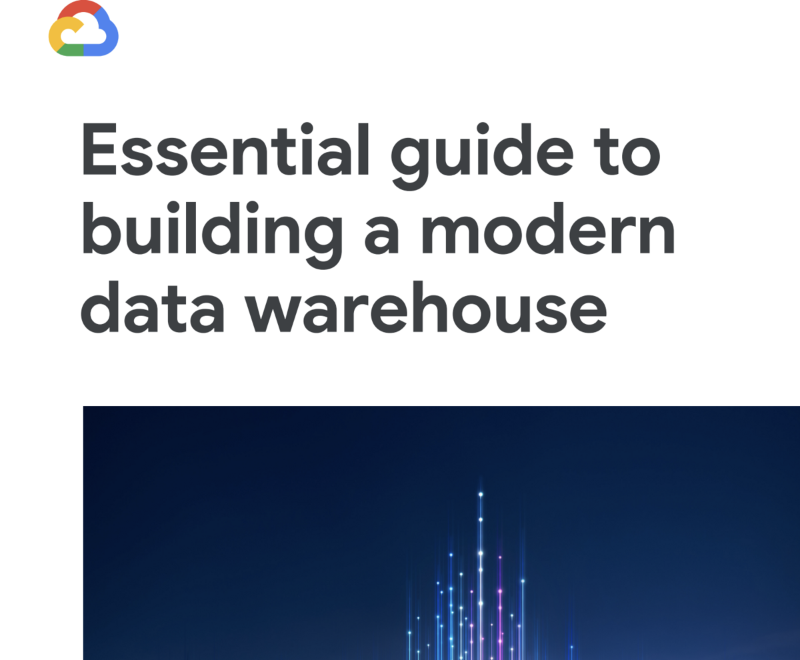Guide to building a modern data warehouse
Published on 24 Jun 2022

As data rises and consumers want real-time experiences, it is crucial to have a solid data foundation. Ever-faster and bigger data streams, worldwide business requirements, and tech-savvy users all put pressure on IT teams to be more agile and nimble. Even with these modifications, old data warehouses often struggle to keep up with new needs. And these old data warehouses no longer suffice. These systems are unprepared to meet new requirements. When we speak with data professionals today, we hear a great deal about the limitations of managing old technology while attempting to develop a contemporary data strategy.
Considerations for a contemporary data warehouse
In this tutorial, we will outline the considerations necessary to create a contemporary cloud data warehouse:
- Separated storage and processing
- Systems designed to accommodate large size
- Built-in data governance capabilities and security
- Built-in advanced analytics such as AI and ML
- User-friendly real-time streaming analytics
What prevents businesses from modernizing? In our interactions with clients, we often see that the bulk of their time is spent on systems engineering, while only approximately 15 per cent is devoted to data analysis.
That is a significant amount of time spent on upkeep. Due to the complexity of legacy infrastructure, we often hear that firms continue to employ personnel to handle these obsolete systems, while not improving data strategy or agility.
With a modern system, these teams would be able to assist other teams in gaining quick, secure data insights on demand. Today, every team need access to powerful analytics. Data is a precious currency that enables your users to cooperate more efficiently. Separating the increase of data from the development of data operations is the first step toward facilitating user access and insights.
The benefits of Google Cloud's data platform
New choices for cloud infrastructure make it simple to implement a contemporary analytics approach. It is feasible to migrate an inefficient legacy architecture to the public cloud in the same manner as any other cloud deployment. To prevent this, it is beneficial to consider the total cost of ownership (TCO) for data warehouses, since it provides a comprehensive view of how legacy technology expenses and business agility are misaligned. ESG discovered that BigQuery may cut total three-year expenses by 52% compared to an on-premises solution and by 41% compared to AWS3.
Google Cloud fulfils the needs for a contemporary cloud data warehouse by beginning with the data infrastructure: separating the computation and storage layers is critical for business agility. When storage and computing are decoupled and can grow independently and on-demand, there is no need to maintain costly compute resources at all times.
Download Google Cloud's whitepaper to learn more about Guide to building a modern data warehouse only on Whitepapers Online.
